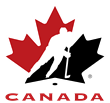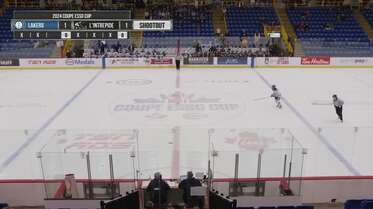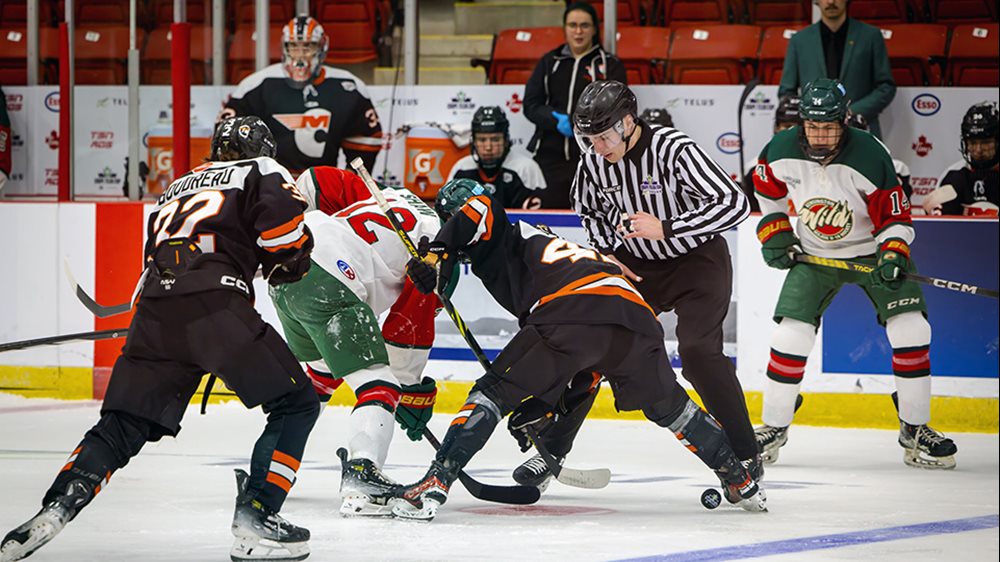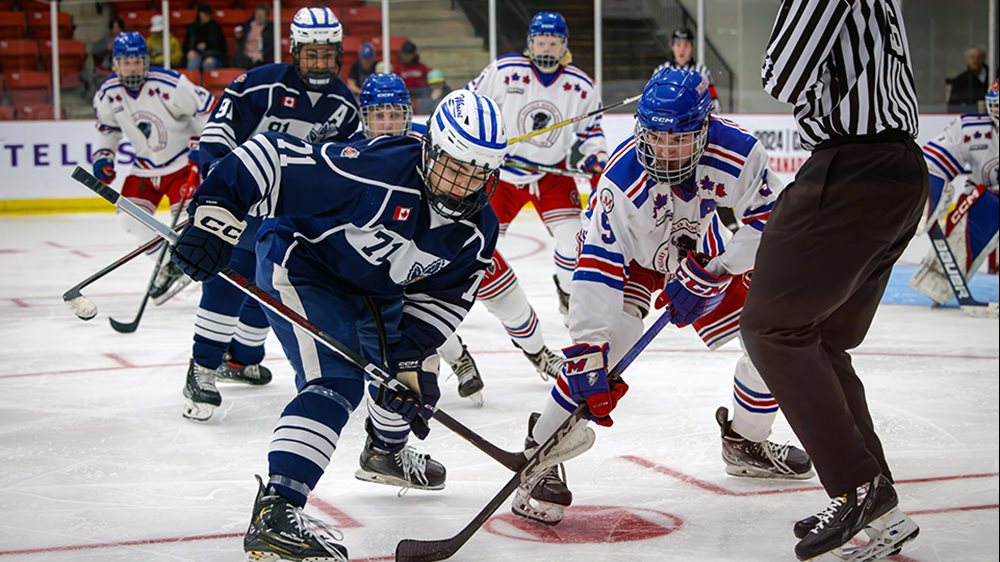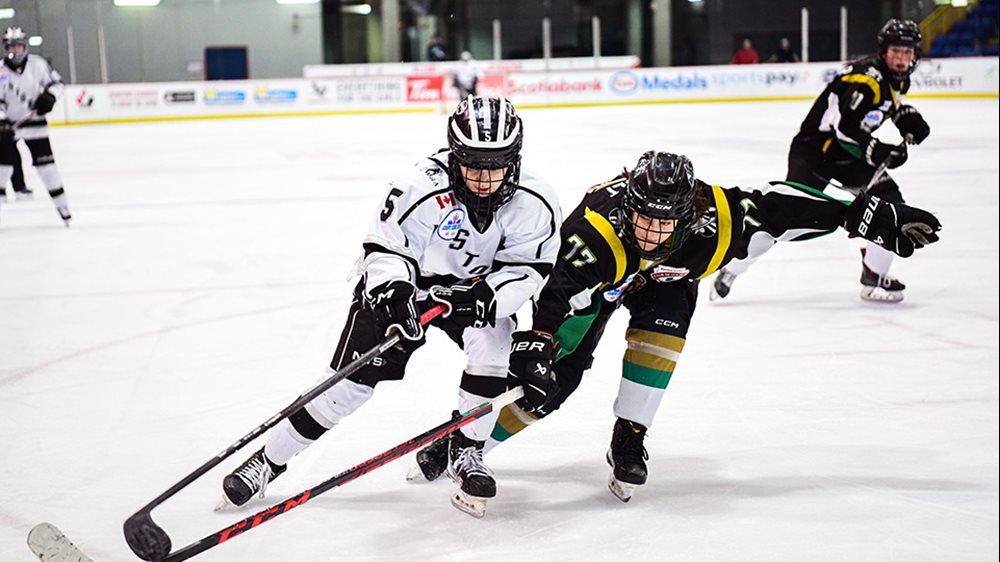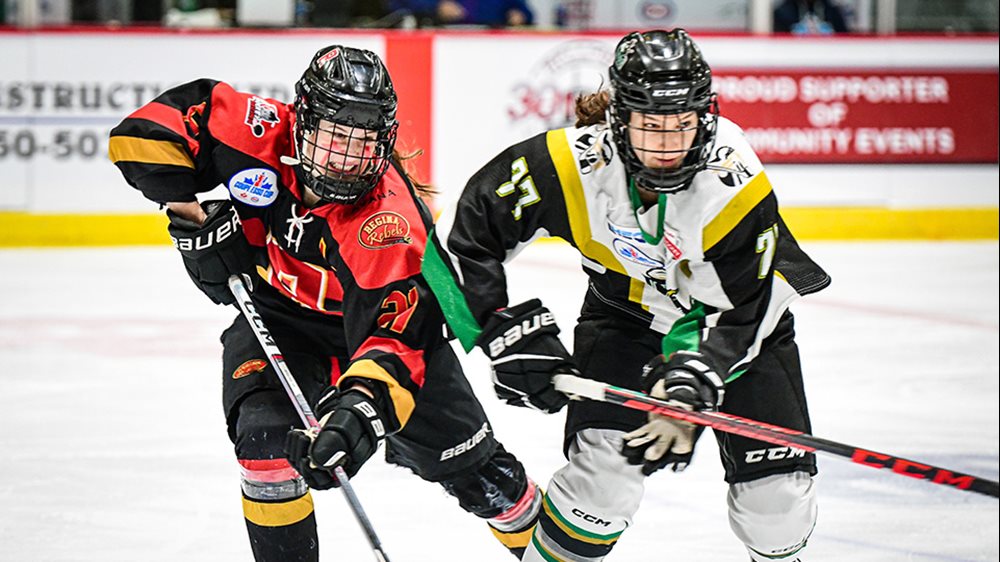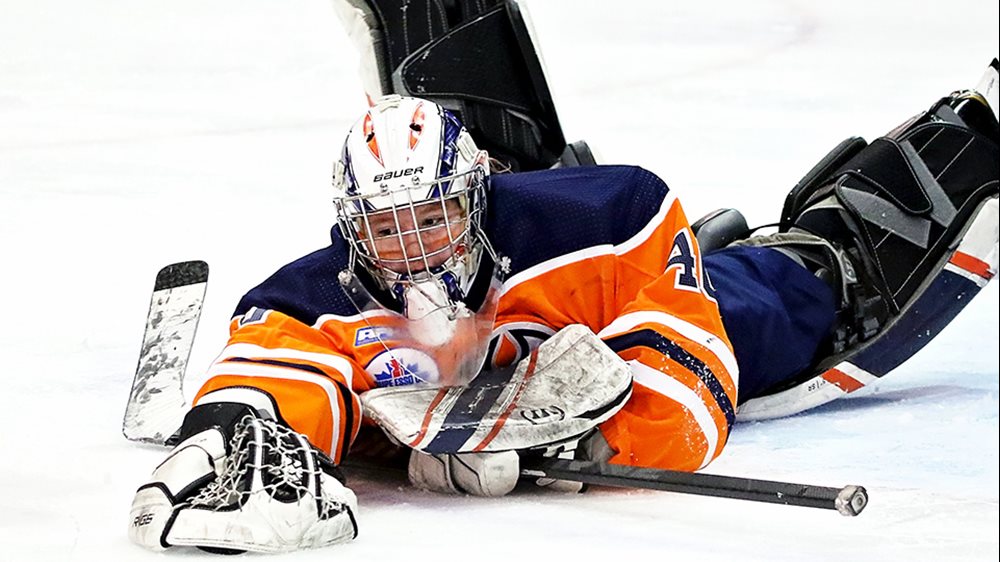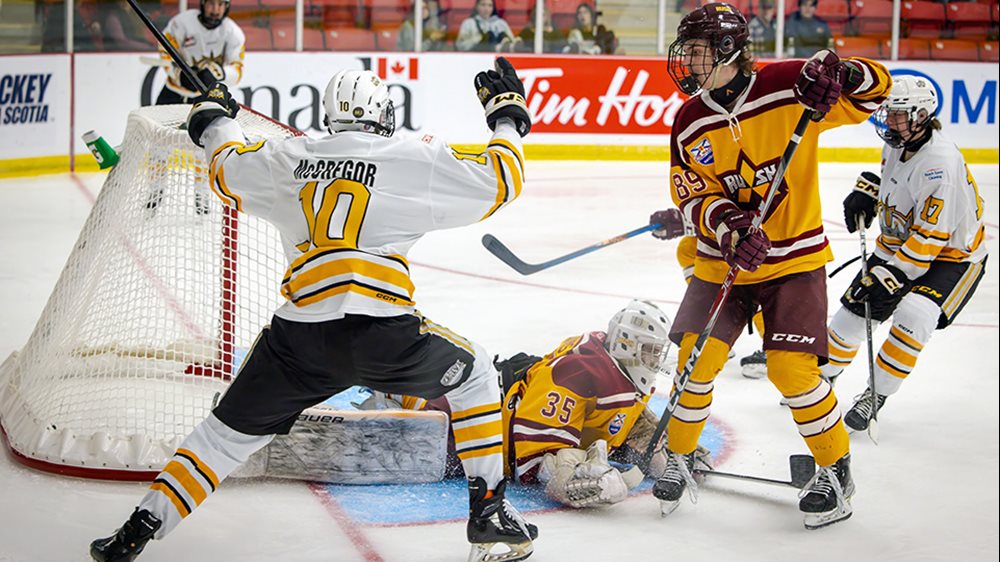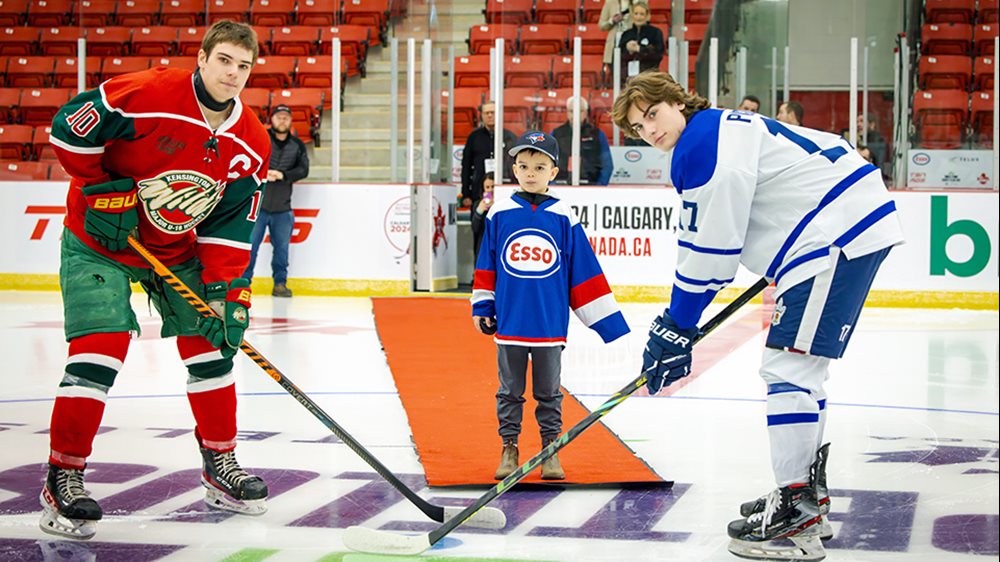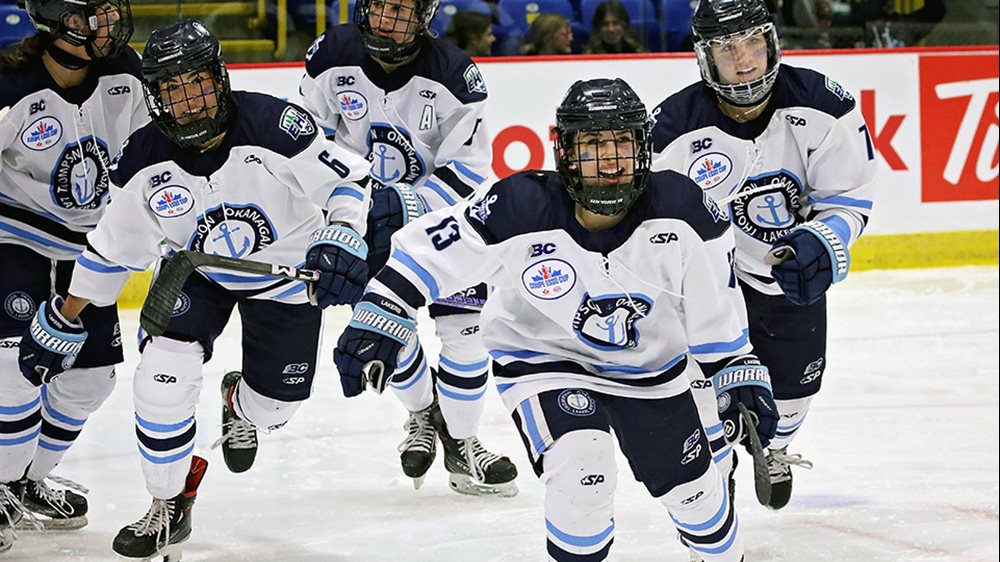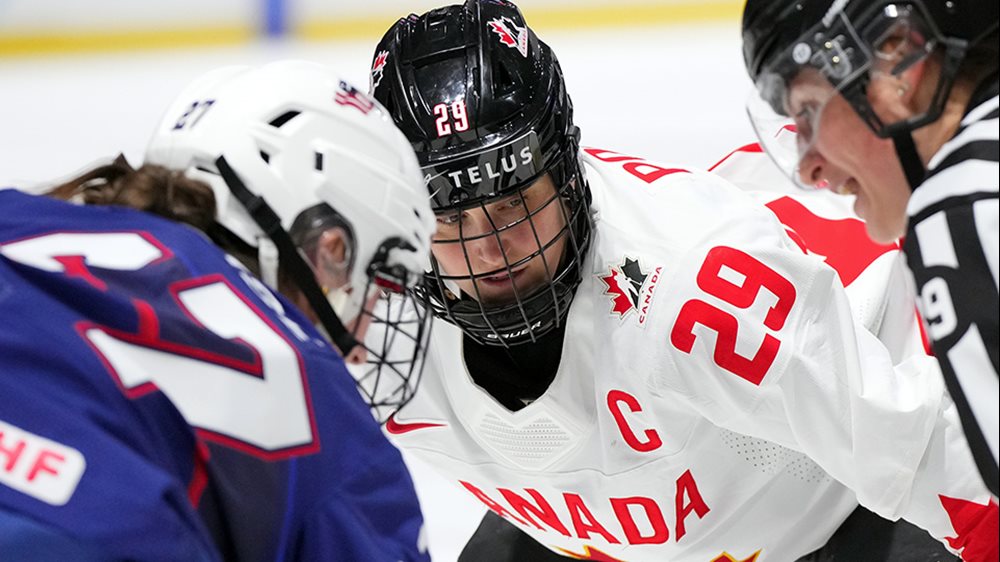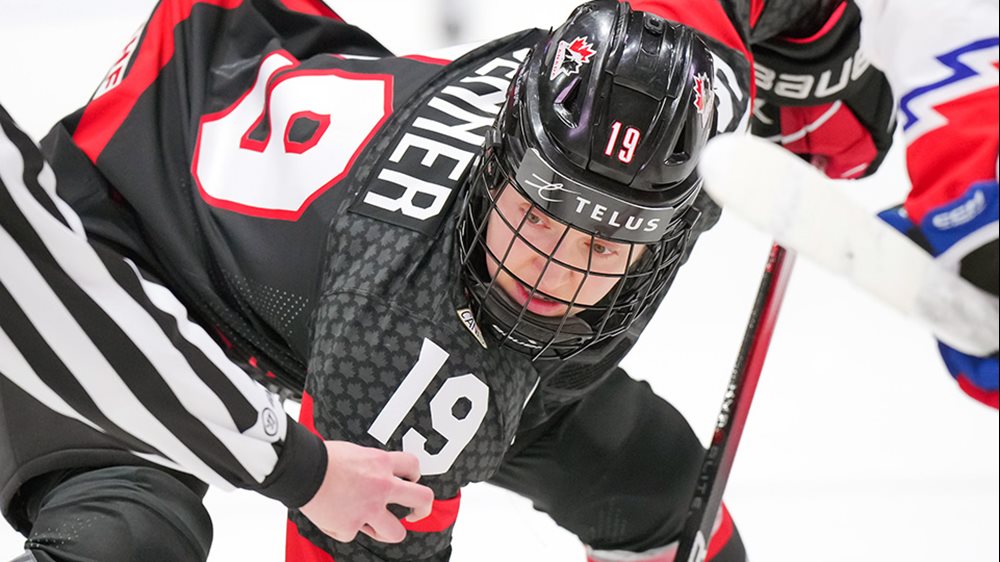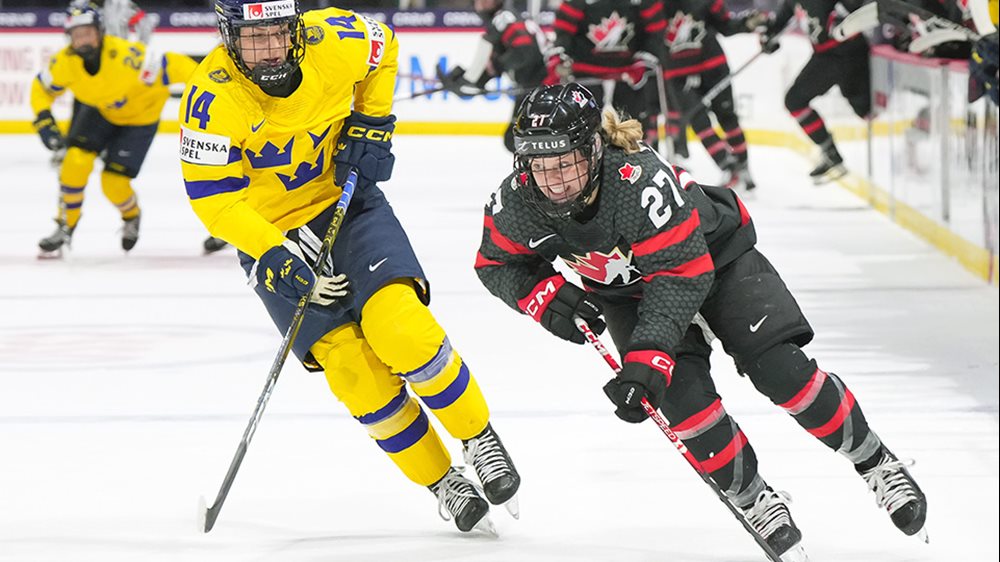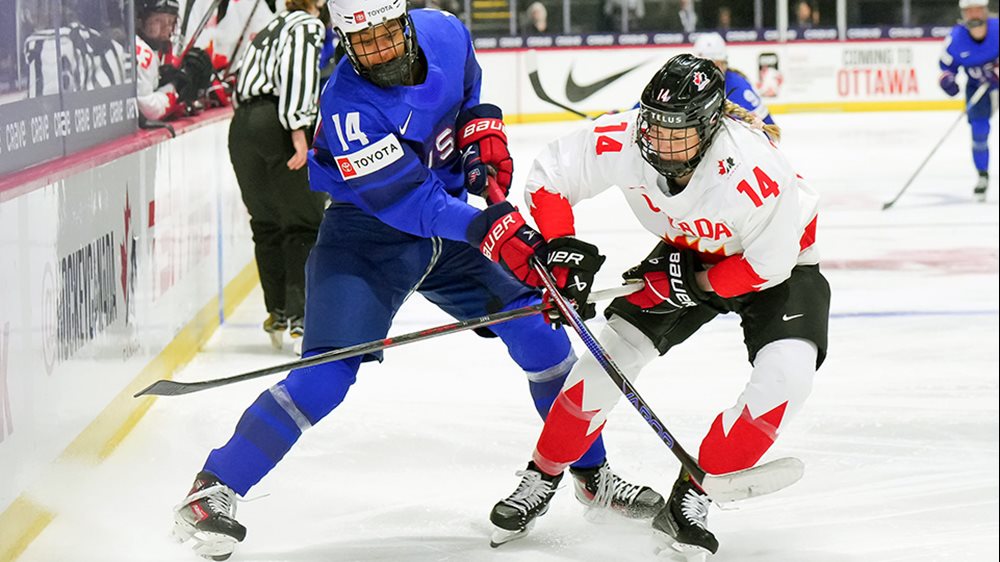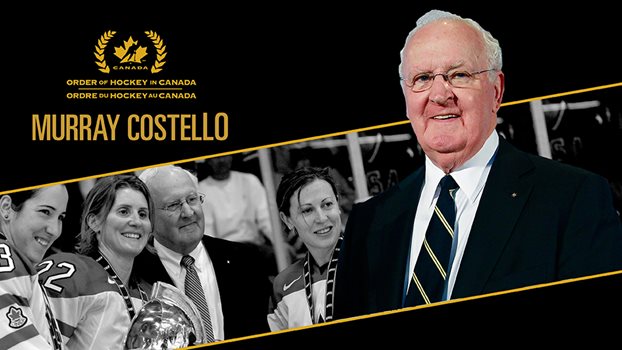
The man with Canada's hockey plan
Murray Costello changed the direction of Canadian hockey, and almost 40 years after he took over as CAHA president his fingerprints remain on the game
When he accepted the job in the late 1970s, it was with the personal understanding that he would provide a five-year commitment. After that he would likely move on again, perhaps falling back on his law degree or even pursue other ventures.
Let’s just say that plan didn’t materialize and the five years evolved into a lifetime career.
Now, after decades in the game and countless contributions to the execution of initiatives and achievements as Canada’s former top amateur hockey administrator, Murray Costello will receive the Order of Hockey in Canada.
Certainly, it’s an honour Costello is proud to accept, similar to his Hockey Hall of Fame induction in 2005, but in the case of both he doesn’t feel comfortable basking solely in the glow of reverence.
“I’m not trying to feign any false modesty,” Costello admits. “But I feel guilty about it all because so many people worked so hard to make it happen. The way I see it is hockey is a team game on the ice, but it’s also a team game off the ice.”
Costello served as president of the Canada Amateur Hockey Association from 1978 to 1998. He oversaw and helped nurture unprecedented growth in the game, both nationally and internationally that included advanced female participation and the merging of the CAHA and old Hockey Canada groups into one unified and robust governing body now known as Hockey Canada.
Now at 83, Costello uniquely has spent his life in the game of hockey.
“I’ve led a rather privileged life. There’s a small number of people that can take a boyhood passion for a game and turn it into a lifelong livelihood and then be recognized for doing so when it’s all over. That’s what I feel my life has been about. Because working in hockey was not really working.”
Growing up in South Porcupine, Ont., Costello pursued and realized a childhood dream so many hockey-loving Canadians possess, which is to play in the National Hockey League.
After a stellar junior career with the St. Michael’s Majors, he eventually ascended to the NHL, playing 162 games with three different teams, the majority of which came with the Boston Bruins from 1954-56.
When his professional and senior careers were done, he ventured into the management side of the game, working in Seattle with the old professional Western Hockey League for 15 years before heading home to Ontario and settling in Ottawa.
Upon returning east, he completed his law degree at the University of Ottawa, graduating in 1977. As he was working toward a career in law, he was also teaching and working on coaching certification programs in hockey.
At the same time, with the hockey business expanding nationally, it was decided by the CAHA board that it needed a permanent executive administrator to move away from a volunteer base of operations.
Costello was encouraged to apply for the job, and was eventually hired as the first full-time CAHA president. That’s really where his legacy in the game started to unfold.
Looking back at his time as president, Costello can’t pick just one highlight – he goes with three.
First, he convinced the late Ed Chynoweth in the early 1980s to include the best Major Junior players on the Canadian roster for the IIHF World Junior Championship.
Chynoweth was the president of the Canadian Hockey League, the umbrella organization for the three major junior leagues in Canada, the Western Hockey League, Ontario Hockey League and Quebec Major Junior Hockey League.
“That was a hard sell,” said Costello. “They didn’t want to give up their best players over the holidays because that’s when most of the teams would experience their best crowds. We worked hard at trying to convince them because they could show what their league is to the world, not just Canada.”
Eventually Chynoweth agreed and the Program of Excellence was born. The decision paid immediate dividends, as Canada claimed its first World Juniors gold at the 1982 tournament in Minnesota.
“From that point, we never really looked back,” he said.
Costello is also extremely proud of the growth and fostering of women’s hockey during his CAHA tenure. In 1990, he guided the association into hosting the first IIHF World Women’s Championship in Ottawa.
That event and its overwhelming success both on and off the ice in the nation’s capital helped energize and pave the way for the acceptance of the women’s game into the Winter Olympics.
“It was really well received,” said Costello. “That kind of kicked off the women’s game. And that has grown beyond anything we thought would happen.”
But perhaps his most cherished accomplished in the game, something he called “the biggest of them all” was the merging of the two different Canadian hockey organizations.
When he started with the CAHA, it was one of two groups to regulate the game in Canada. The other was the old Hockey Canada organization, which was more to facilitate larger, profitable events like the Canada Cup and other prestigious competitions.
After operating cohesively but independently for the most part, Costello was able to unite them into one association in 1994 as the Canadian Hockey Association, and eventually Hockey Canada.
The move allowed for the proceeds of major events to trickle down to the grassroots level. It also played a key role in ensuring development on the minor hockey side while also integrating top professional players in the NHL into international competition like the IIHF World Championship and eventually the Olympics.
“I’m very grateful we were able to do that,” said Costello. “Today our educational programs are taken all over the globe. We’ve really helped to grow the game in all parts of the world.”
After leaving Hockey Canada in 1998, Costello joined the International Ice Hockey Federation as a council member and a decade later became an IIHF vice-president until his retirement in 2012.
Today he is an IIHF Life Member and remains a member of the Hockey Hall of Fame board, all while working on 57 years of marriage to his wife, Denise, whom he shares six children and six grandchildren with, although he says he’s ready to really pull back from the game and enjoy full-time retirement.
“Retirement is good once you learn how to slow down and enjoy it,” he said.
For more information: |
- <
- >
